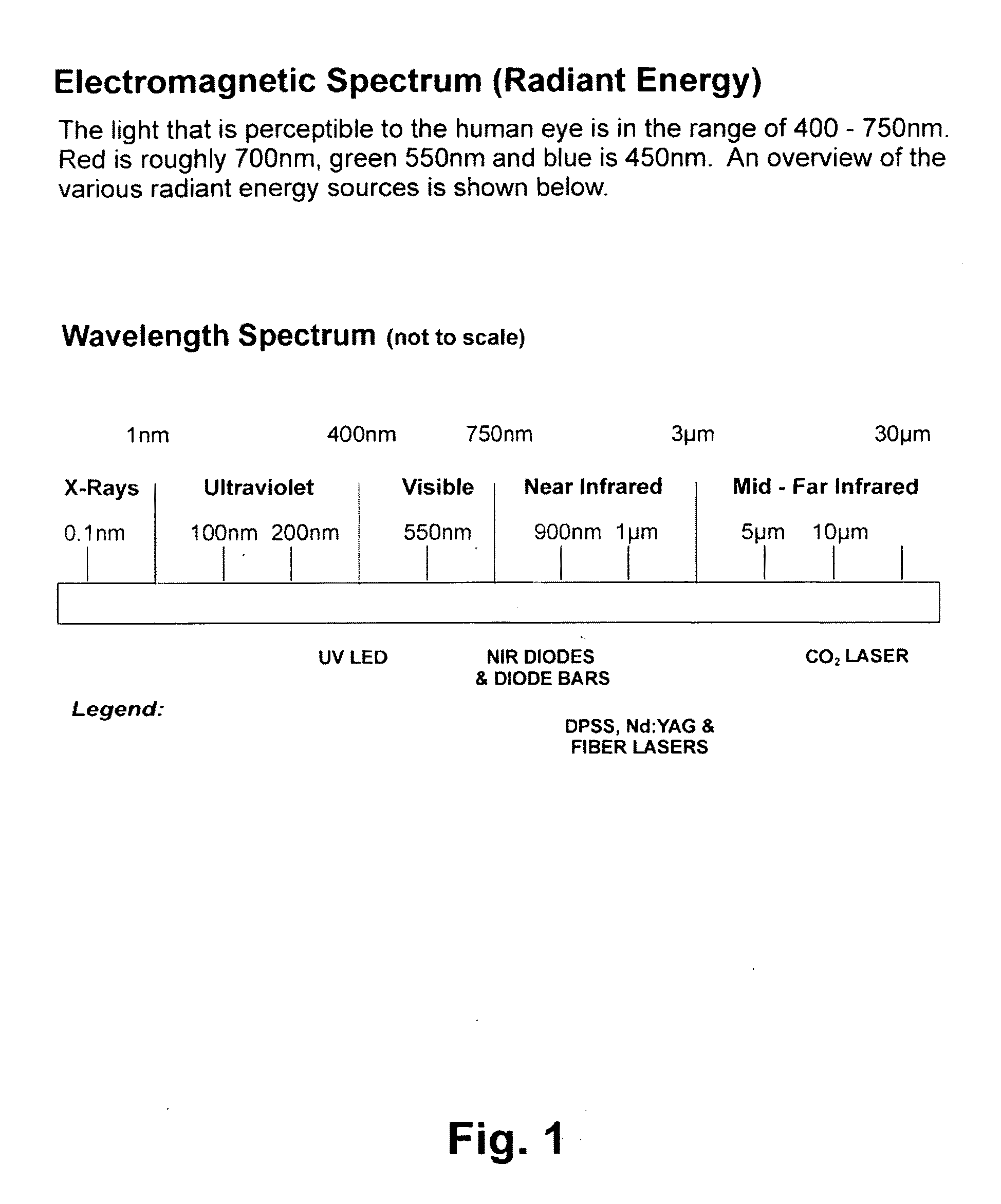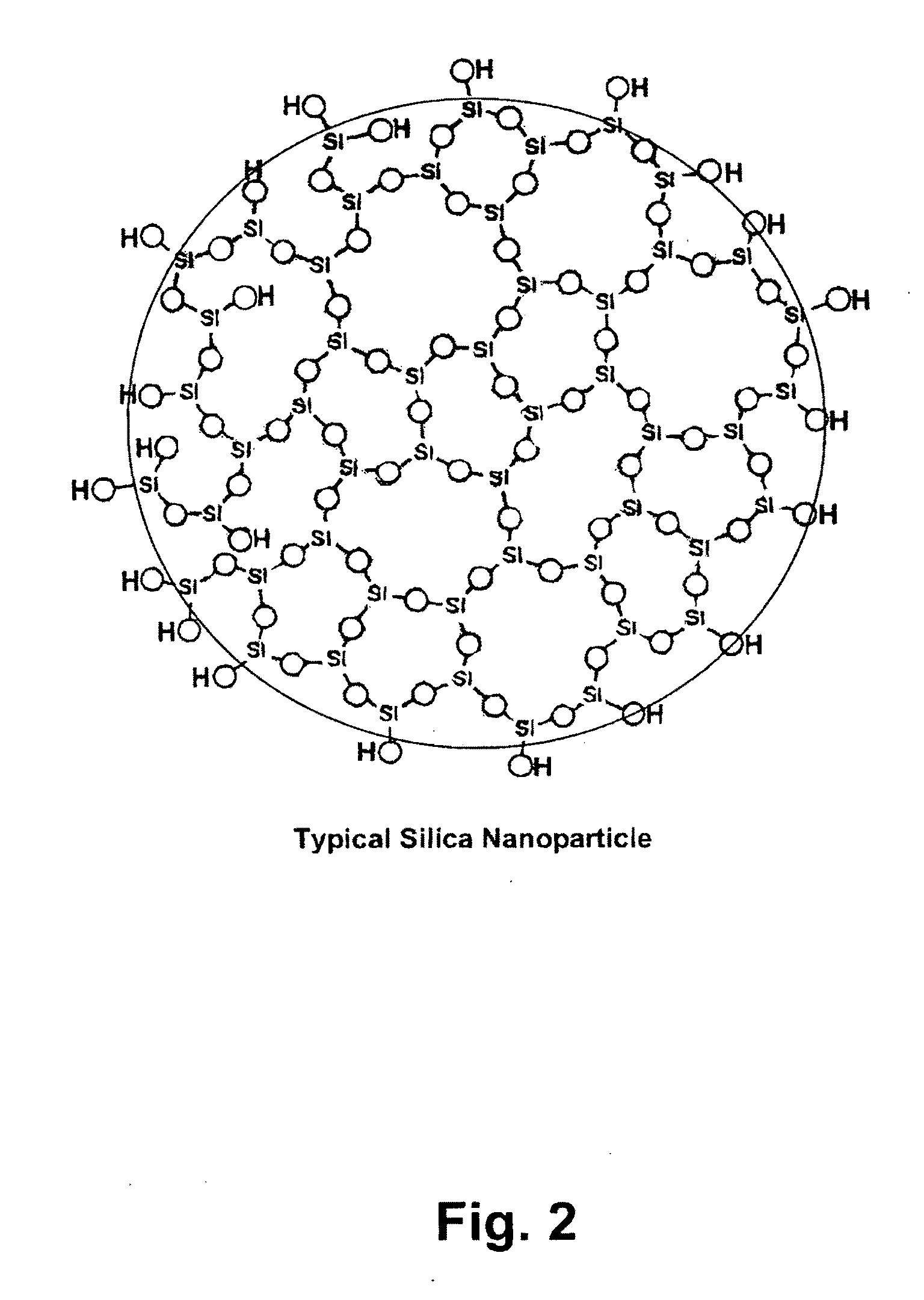High contrast surface marking using nanoparticle materials
a technology of nanoparticles and materials, applied in the direction of inks, nuclear engineering, transportation and packaging, etc., can solve the problems of insufficient time factor and energy consumption, inability to use a kiln, process, etc., and achieve the effect of strong bonding and better color properties
- Summary
- Abstract
- Description
- Claims
- Application Information
AI Technical Summary
Benefits of technology
Problems solved by technology
Method used
Image
Examples
Embodiment Construction
[0066]Physical and chemical changes induced by mechanical means during the milling processes described above can cause significant increases in the surface areas of the basic glass, ceramic, clay, metal, metal chromate, metal tungstate and metal molybdate and other metallic, organometallic, inorganic or organic compounds, materials, dispersions and solutions or combinations thereof according to the BET data. An estimation of the mean particle sizes using the BET, SEM and XRD data indicates a decrease from approximately 1 micron to the approximate 10-200 nm range and is most likely explained by the smaller primary crystallites of the elemental metals and / or other metallic, organic or inorganic materials and compounds. The solution or colloidal suspension structure confirms that the compositions contain discrete anions, cations and / or water molecules, connected through hydrogen bonds. In fact, the unique and distinguishing features of these compositions and substances are their extens...
PUM
| Property | Measurement | Unit |
|---|---|---|
| sizes | aaaaa | aaaaa |
| particle sizes | aaaaa | aaaaa |
| temperatures | aaaaa | aaaaa |
Abstract
Description
Claims
Application Information
 Login to View More
Login to View More - R&D
- Intellectual Property
- Life Sciences
- Materials
- Tech Scout
- Unparalleled Data Quality
- Higher Quality Content
- 60% Fewer Hallucinations
Browse by: Latest US Patents, China's latest patents, Technical Efficacy Thesaurus, Application Domain, Technology Topic, Popular Technical Reports.
© 2025 PatSnap. All rights reserved.Legal|Privacy policy|Modern Slavery Act Transparency Statement|Sitemap|About US| Contact US: help@patsnap.com



